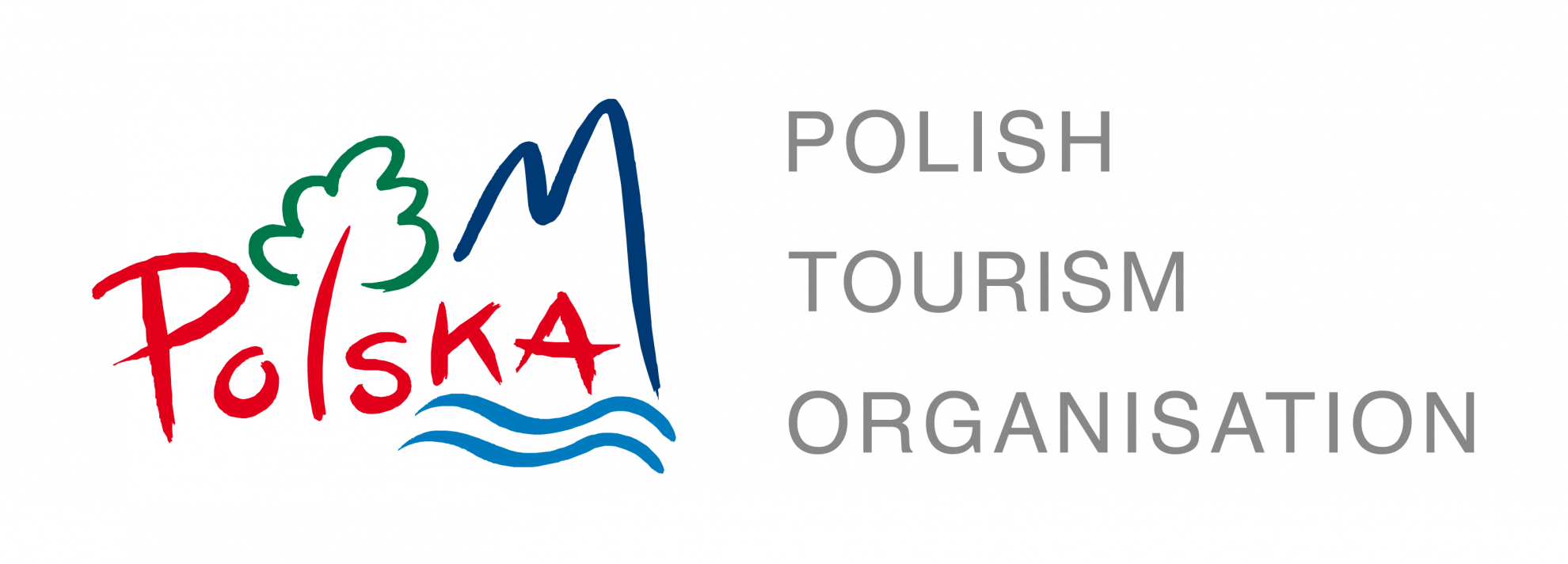A unique exhibition of historic textile machinery, yarns, tapestries and textiles.
The museum originates from the Weaving Section established in 1952 in the Lodz Museum of Art. The museum is housed in the “White Factory” – a large classic four-storey complex of white painted buildings (hence the name), one of the most attractive examples of industrial architecture in Poland. It was built between 1835 and 1839 by Ludwik Geyer and housed the first mechanical cotton spinning and weaving machine in Lodz, powered by the first steam engine in the city. The low wooden ceilings supported by rows of columns of the former factory floor are a superb backdrop for the exhibition of historic tools and equipment of the textile industry. Exhibits include Poland’s largest collections of yarns, weaves, knitted fabrics and samples of industrial fabrics. There are also manufactured examples of Polish artistic fabrics, women’s clothing, men’s clothing, European tapestries, sashes, oriental carpets and rugs as well as documents and iconography relating to textiles. The museum was a co-organiser, but in 1982, took over the organisation of the International Tapestry Triennial Contest – the world’s largest exhibition and competition of contemporary textile art.
Central Museum of Textile Industry– Lodz (woj. Lodzkie)
www.muzeumwlokiennictwa.pl


 位置图:
位置图:

 +48 426843355
+48 426843355

 FB: Centralne Muzeum Włókiennictwa / Central Museum of Textiles
FB: Centralne Muzeum Włókiennictwa / Central Museum of Textiles
